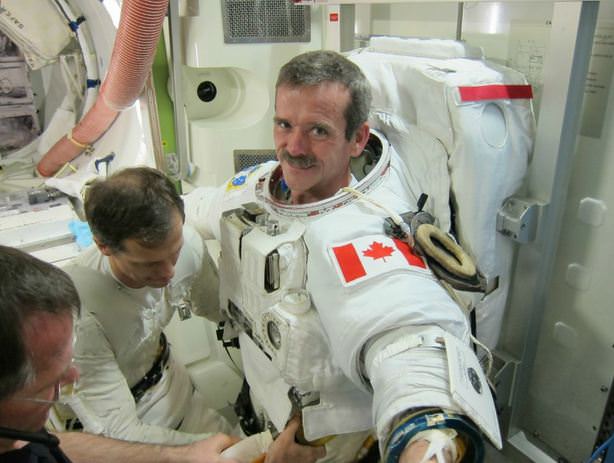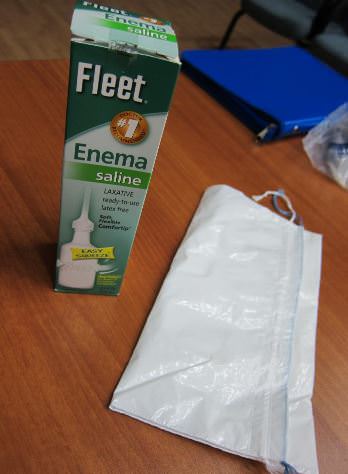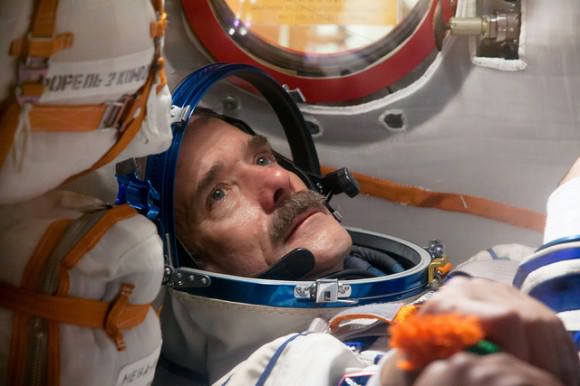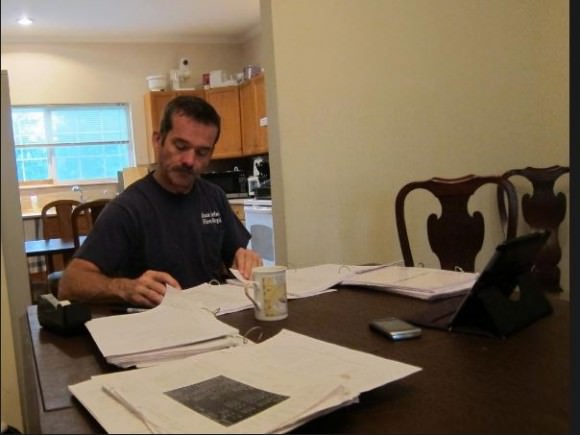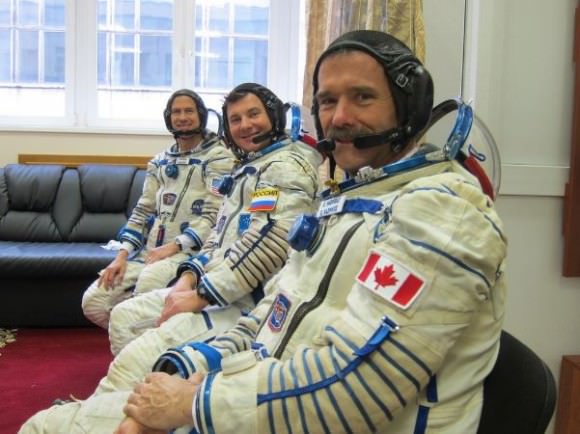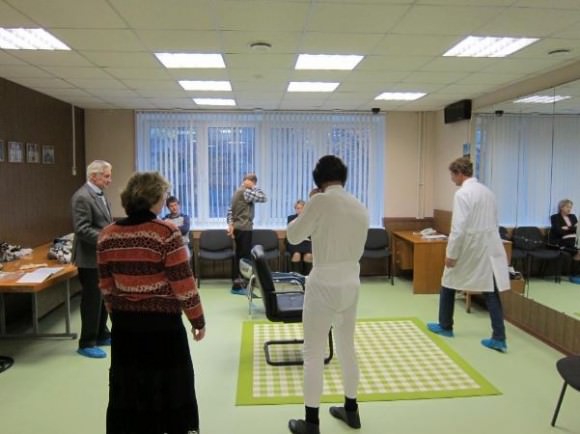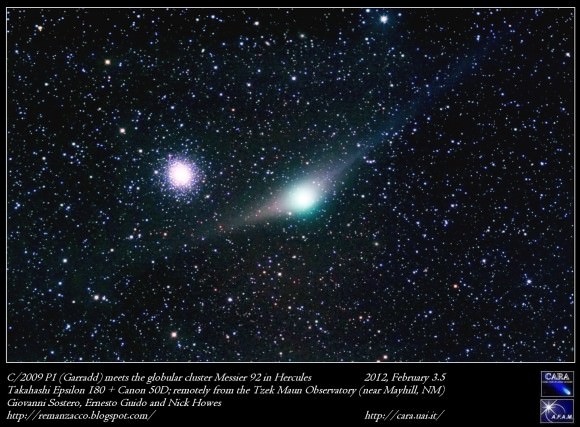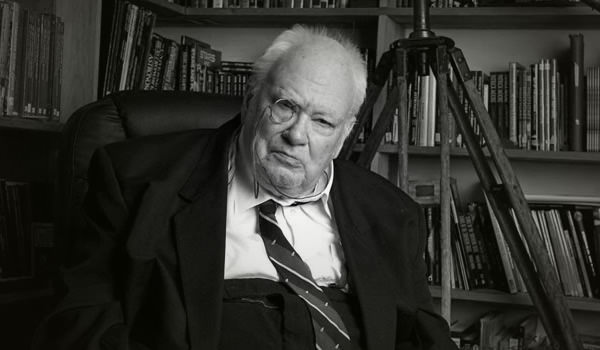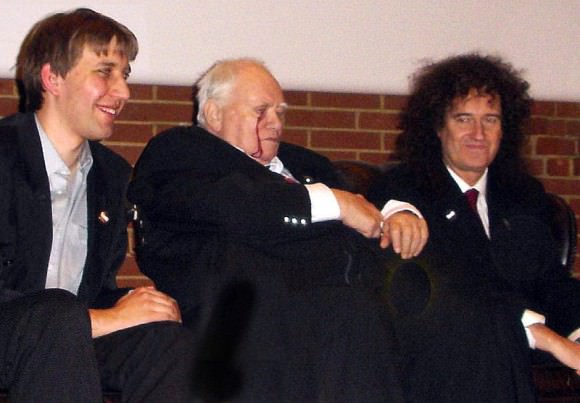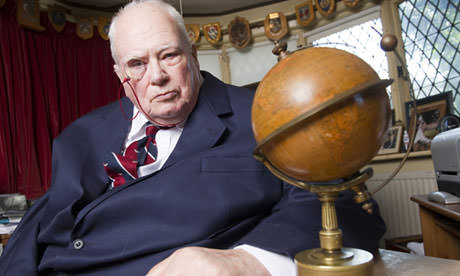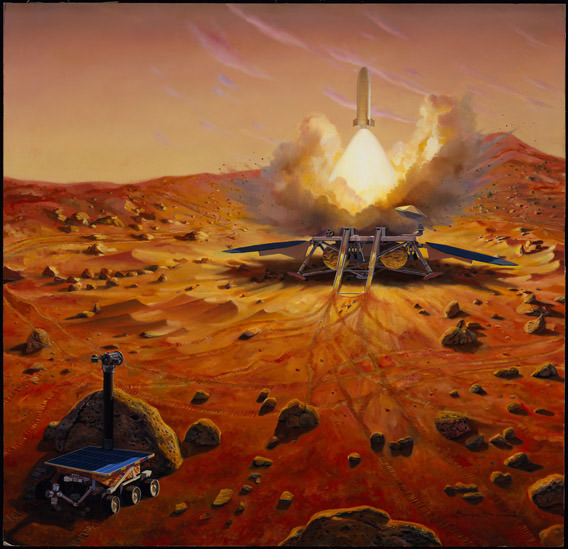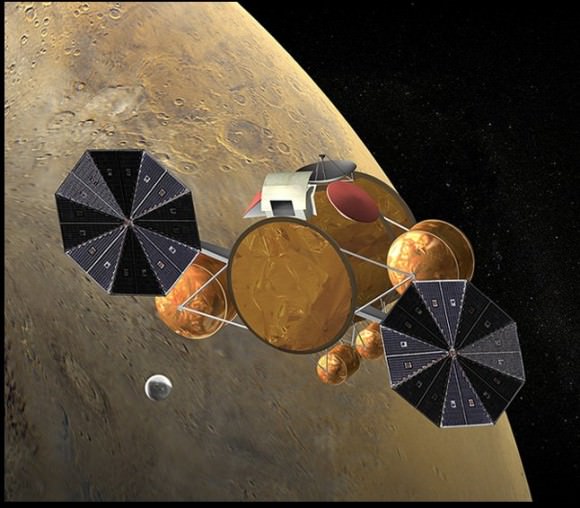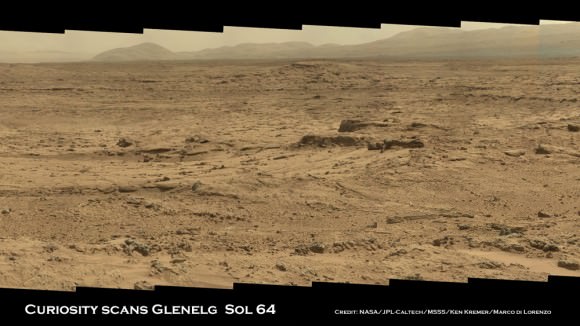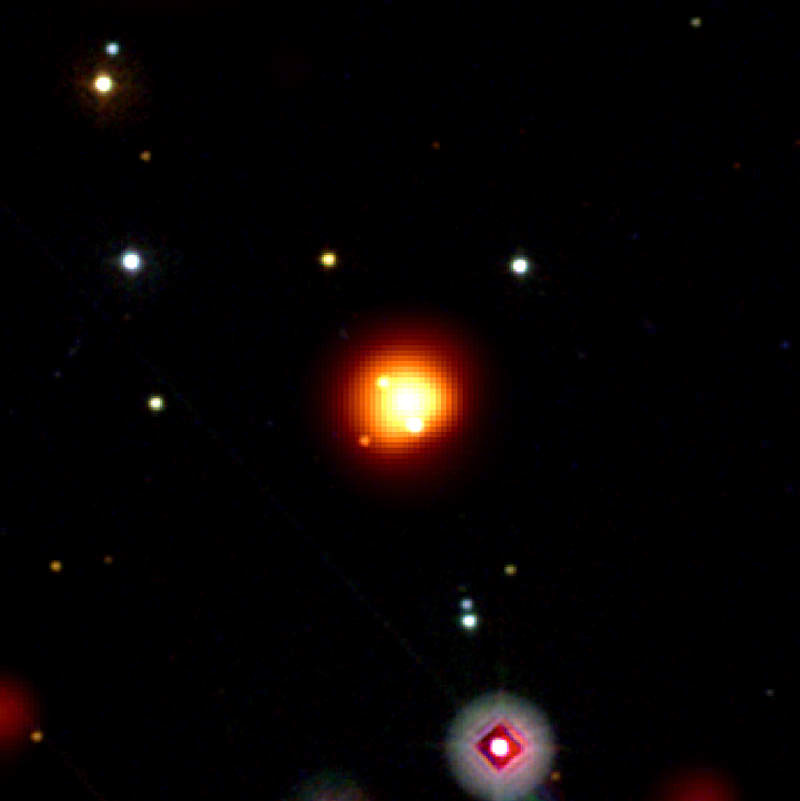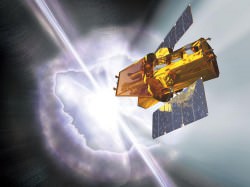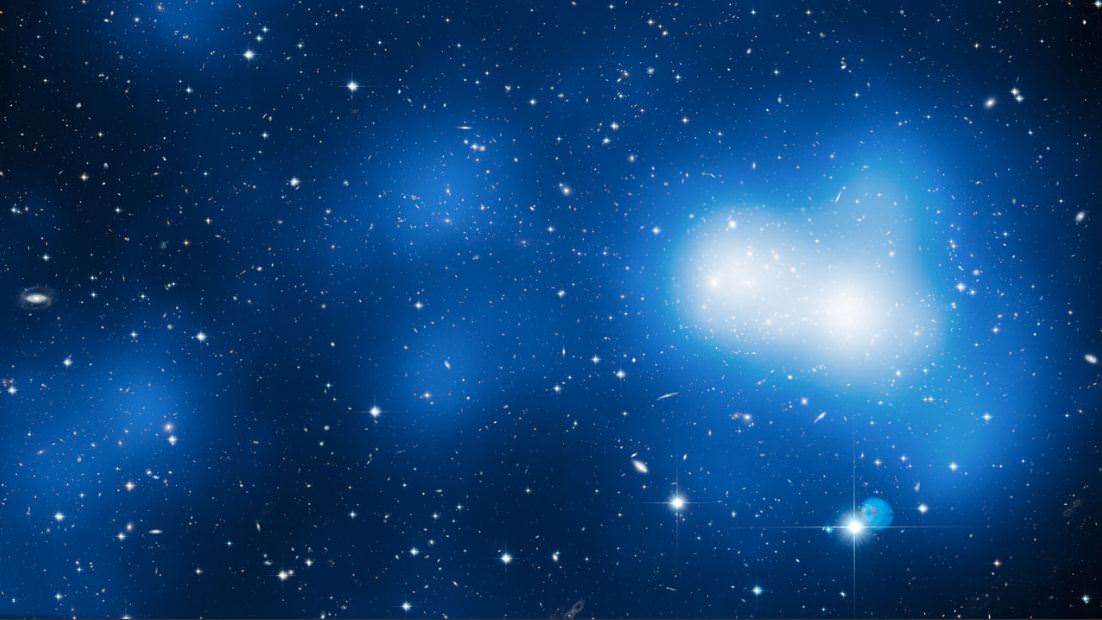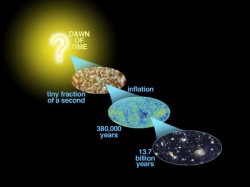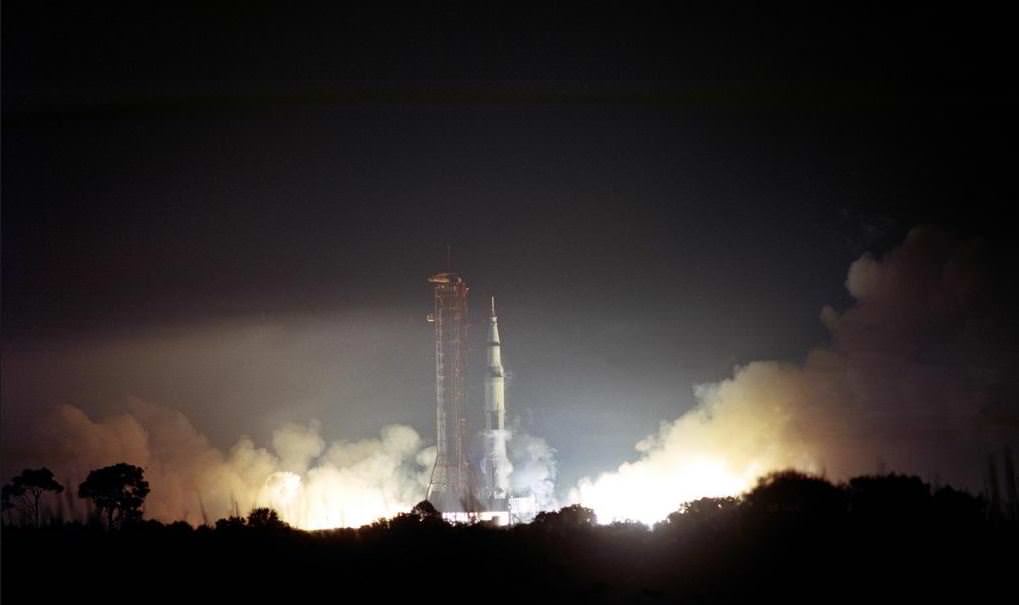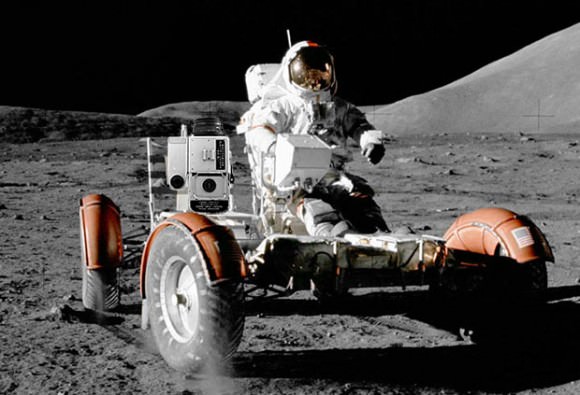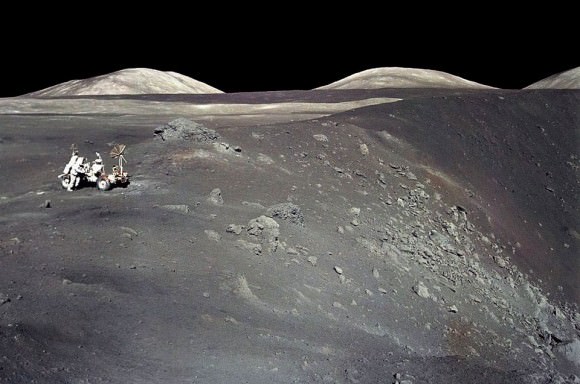Astronaut Chris Hadfield getting dressed for work – “with a little help from my friends,” he said.
On December 19, 2012, a trio of Expedition 34 crewmembers are scheduled to launch from the Baikonur Cosmodrome in Kazakhstan and head towards their home in space for six months, the International Space Station. Among the crew is Canadian astronaut Chris Hadfield, who for over two years has been training for this flight. During that time, Hadfield has been sharing his training experiences through Twitter and Facebook, letting the public get an inside look at what it takes to prepare for a long-duration spaceflight. Some of this training – much of it, in fact – is not pretty or glamorous or easy. But it will get you to one of the most unique destinations that humans have ever gone.
With Hadfield’s help, we’re going to share some of his training experiences and insights from the past two years as we wait for his launch in ten days. Hadfield is now in quarantine in Kazakhstan, making final preparations for his flight with crewmates Tom Marshburn and Roman Romanenko.
“Enemas and Barf Bags – the less glamorous side of spaceflight 🙂 From today’s medical briefings in quarantine,” Tweeted Hadfield on December 9, 2012.
“When you first become an astronaut,” Hadfield said earlier this year from his office at NASA’s Johnson Space Center, “your training is like a big pyramid. Initially, it is like the bottom of the pyramid and is very broad-brush, where you cover a lot of topics but don’t get into super-detail. Then you start getting more and more detail on specific things like systems, specialties, and robotics, and then start getting deeper and deeper into each of them.”
“But then, when you get assigned to a flight, you review all those things and then start focusing on things that a pertinent to your increment, and when you get closer to the flight you start putting everything together and do simulations where you have to know the things that you really need to know,” Hadfield explained, adding that this is similar to studying at any university, and then going out into the real world….except that the stakes are much higher in space, and your life can depend on your training.
At the Baikonur Cosmodrome in Kazakhstan, Expedition 34 Flight Engineer Chris Hadfield of the Canadian Space Agency conducts a “fit check” dress rehearsal inside the Soyuz TMA-07M spacecraft Dec. 7, 2012. Credit: NASA
“The training starts with a lot of theory and classroom and powerpoint and exams through simulations and practical things,” Hadfield said. For example, the morning we talked with him, he had spent an hour learning how to repair the water processing and urine purification systems on the ISS, then went on to inventory management of food, learning how to keep track and store the food. The next day, he was have a “day in the life” simulation where he and Marshburn would spend a day as if they were on the ISS, practicing everything from their daily planning conference and getting their the daily uplink messages, to sampling the indoor atmosphere, fixing broken equipment, and doing inventory.
“We’re going from theoretical to practical,” Hadfield said.
“I’m studying for my final 7 exams to qualify for spaceflight,” said Hadfield on November 5, 2012.”
On top of the general training is the specific training for the science and various payloads that will be part of their expedition. That training is often very specific.
“With some we have to get quite hands on, like doing a cardio ultrasound where we the technician, and others where we just have to monitor the power systems,” Hadfield said. “It all blends together and as you get closer to the top of the pyramid, it gets very focused on what you need to know.”
“The Final Sim – the biggie, 8 hours in the Soyuz where they throw everything at us. We’re ready!” said Hadfield on November 27, 2012.
Hadfield is a veteran of two previous space flights on the space shuttle but this will be his first long-duration flight on the ISS.
“Both times I thought, wow, I wish I could stay,” Hadfield said. “To leave earth for awhile, change your zip code for awhile and really leave Earth; I was jealous of that experience. Now after a lot of lucky coincidences and a lot of hard work I get to be one of those who stays for an extended period off the planet. I’m really looking forward to it.”
“4 Flags over Kazakhstan – I was proud to raise the Maple Leaf, now flying above our Quarantine here in Baikonur,” Tweeted Hadfield on December 10, 2012.
And there’s a bit of Canadian pride that goes along with this. Hadfield was the first Canadian to operate the robotic Canadarm in space in 1995 and on his second flight in 2001 Hadfield made the first Canadian spacewalk as he attached Canadarm2 to the International Space Station.
And now, in another first for a Canadian, Hadfield will take command of the ISS for the second half of his mission, lead a crew of two Americans and three Russians during the final three months.
“Russian crew poster. Happy to be cast as Tommy Lee Jones,” said Hadfield on November 29, 2012.
“Astronaut Glamour Shot – white underwear, black socks, Snoopy helmet & leather slippers. The ensemble screams ‘cool'” Tweeted Hadfield on October 31, 2012.
Video: Chris Hadfield Suits-up and Signs-off on his final Soyuz Qualification exam
Video: School is never out for an astronaut – Chris Hadfield in Star City, Russia. Translation: “We are walking to work—to school—at the Gagarin Cosmonaut Training Centre in Star City, Russia.”
Additional articles in this series:
How to Train for Long Duration Space Flight with Chris Hadfield
How to Train for a Mission to the ISS: Medical Mayhem
How to Train for a Mission to the ISS: Eating in Space
How to Train for a Mission to the ISS: The Soyuz

